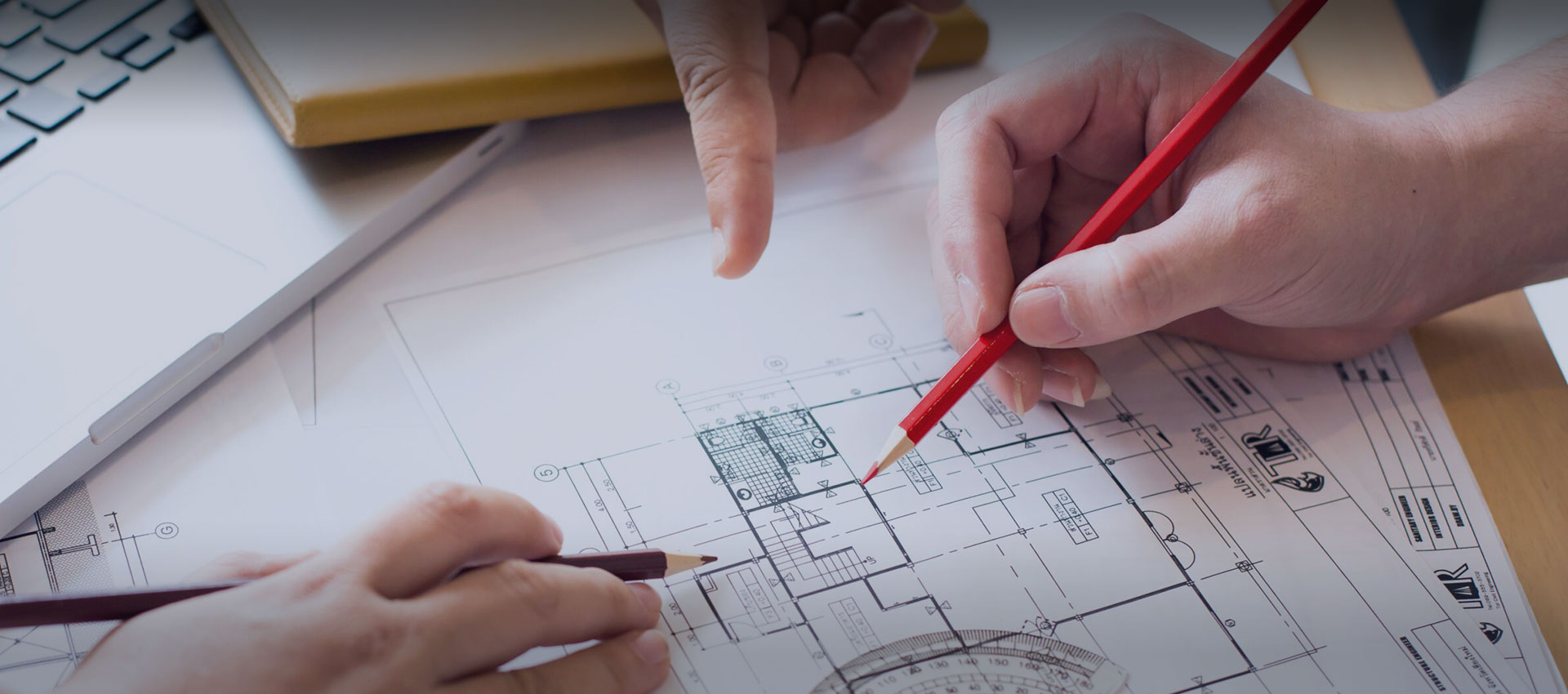Why Grammage and Texture Matter in Specialty Paper
In the world of specialty papers, every detail counts — from how a sheet feels to how it holds ink and light. Two of the most defining characteristics of any specialty paper are its grammage and texture. Grammage determines how heavy, thick, or durable the paper feels, while texture shapes the tactile and visual experience of your printed or crafted work.
Whether it is for luxury packaging, high-end invitations, or fine art prints, understanding these two aspects is essential to making the right material choice. Selecting the correct grammage and surface texture ensures that your finished piece not only looks professional but also communicates your brand’s quality and attention to detail.

What is Grammage in Paper?
Grammage refers to the weight of paper measured in grams per square meter (g/m²). It is one of the primary ways to classify paper types. Higher grammage generally means the paper is heavier, sturdier, and less transparent. However, grammage alone does not define the paper’s thickness — two sheets with the same grammage can differ in bulk and feel depending on fiber composition and manufacturing methods.
Below are general ranges of paper grammages and their common applications:
| Grammage (gsm) | Common Uses |
| 60–100 gsm | Standard office paper, letterheads, flyers |
| 120–170 gsm | Brochures, posters, high-quality prints |
| 200–300 gsm | Covers, greeting cards, art prints |
| 300–400+ gsm | Luxury packaging, rigid cards, presentation materials |
A 120 gsm paper feels light yet professional, suitable for marketing materials that need to be folded. On the other hand, 350 gsm paper offers excellent rigidity for business cards and premium invitations.
When choosing grammage, balance is key — too light may feel cheap or flimsy, too heavy might not fold or print well depending on the machinery used.
Understanding Paper Texture
Texture refers to the surface feel and appearance of the paper — how smooth, rough, or patterned it is. Specialty papers often have distinctive textures that enhance visual appeal and communicate mood or brand identity.
Common Types of Paper Textures
Smooth / Satin Finish
Fine, even surfaces ideal for high-resolution printing, photography, or minimalistic design. Smooth textures deliver crisp details and accurate color reproduction.
Linen or Laid Texture
Subtle grid or line patterns reminiscent of woven fabric. These textures give a refined, classic appearance often used in corporate stationery and certificates.
Felt-marked or Embossed Texture
Created by pressing patterns during production, producing soft tactile ridges or dimples. These enhance depth and perceived luxury, especially in packaging and invitation design.
Coated vs. Uncoated
Coated papers have a thin surface layer that gives a glossy or matte finish, suitable for sharp, vibrant images. Uncoated papers are more porous, producing a natural, organic look perfect for text-heavy designs or eco-friendly brands.
Texture not only affects touch but also impacts print performance — smoother surfaces work better for detailed ink printing, while textured ones add elegance and tactile contrast but may require printing adjustments.
How Grammage and Texture Work Together
The harmony between grammage and texture defines the sensory identity of a paper product. High grammage with pronounced texture communicates durability and sophistication, while lower grammage with a smooth finish offers flexibility and efficiency for mass production.
Here are a few examples of effective combinations:
| Application | Recommended Grammage | Suggested Texture | Effect |
| Business cards | 300–400 gsm | Linen / Embossed | Premium, professional feel |
| Luxury packaging | 250–400 gsm | Felt-marked / Coated matte | Elegant and sturdy |
| Art prints | 180–250 gsm | Smooth / Uncoated | High detail, archival quality |
| Wedding invitations | 250–350 gsm | Textured / Pearl-coated | Romantic and tactile |
| Brochures | 120–170 gsm | Smooth / Satin | Easy to fold, sharp printing |
Both factors influence how the paper behaves — for example, thick textured paper may not be suitable for intricate folds, while lightweight coated paper might wrinkle under heavy ink coverage. Considering these relationships ensures both aesthetic and functional success.
Choosing the Right Paper for Your Project
Selecting the right specialty paper involves more than picking what feels nice to touch. You should consider purpose, printing technique, design tone, and budget.
1. Purpose and Usage
Determine how the paper will be used — for writing, printing, wrapping, or packaging. Durable and thicker paper is better for long-lasting or structural applications.
2. Printing Method Compatibility
Digital printing requires smoother surfaces for precise toner adhesion, while letterpress or embossing benefits from textured or thicker papers that hold impressions beautifully.
3. Design Aesthetic
A minimalist brand might favor smooth matte finishes, whereas a luxury brand could lean toward tactile, heavier, embossed papers that convey exclusivity.
4. Environmental Considerations
Eco-conscious brands can explore recycled, FSC-certified, or uncoated papers with natural textures. Many specialty papers now balance high aesthetic standards with sustainable production.
5. Sampling and Testing
Always request samples or print tests before bulk orders. Lighting, ink type, and finishing methods (like lamination or foil stamping) can dramatically affect the final appearance.
Conclusion
Grammage and texture are more than just specifications — they define the essence of specialty paper. The weight sets the foundation for how the paper feels in hand, while texture gives it character and life. Together, they influence perception, durability, and overall design impact. Understanding these two aspects allows designers, printers, and brand owners to make informed decisions that align perfectly with creative goals and product functionality. By experimenting with different grammages and textures, every project can achieve a distinctive and memorable finish that speaks for the quality behind it.































